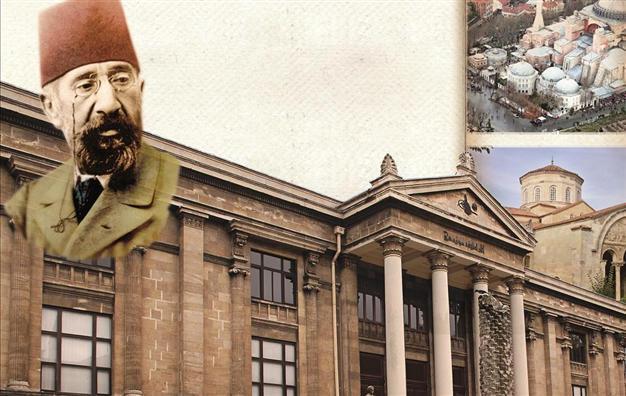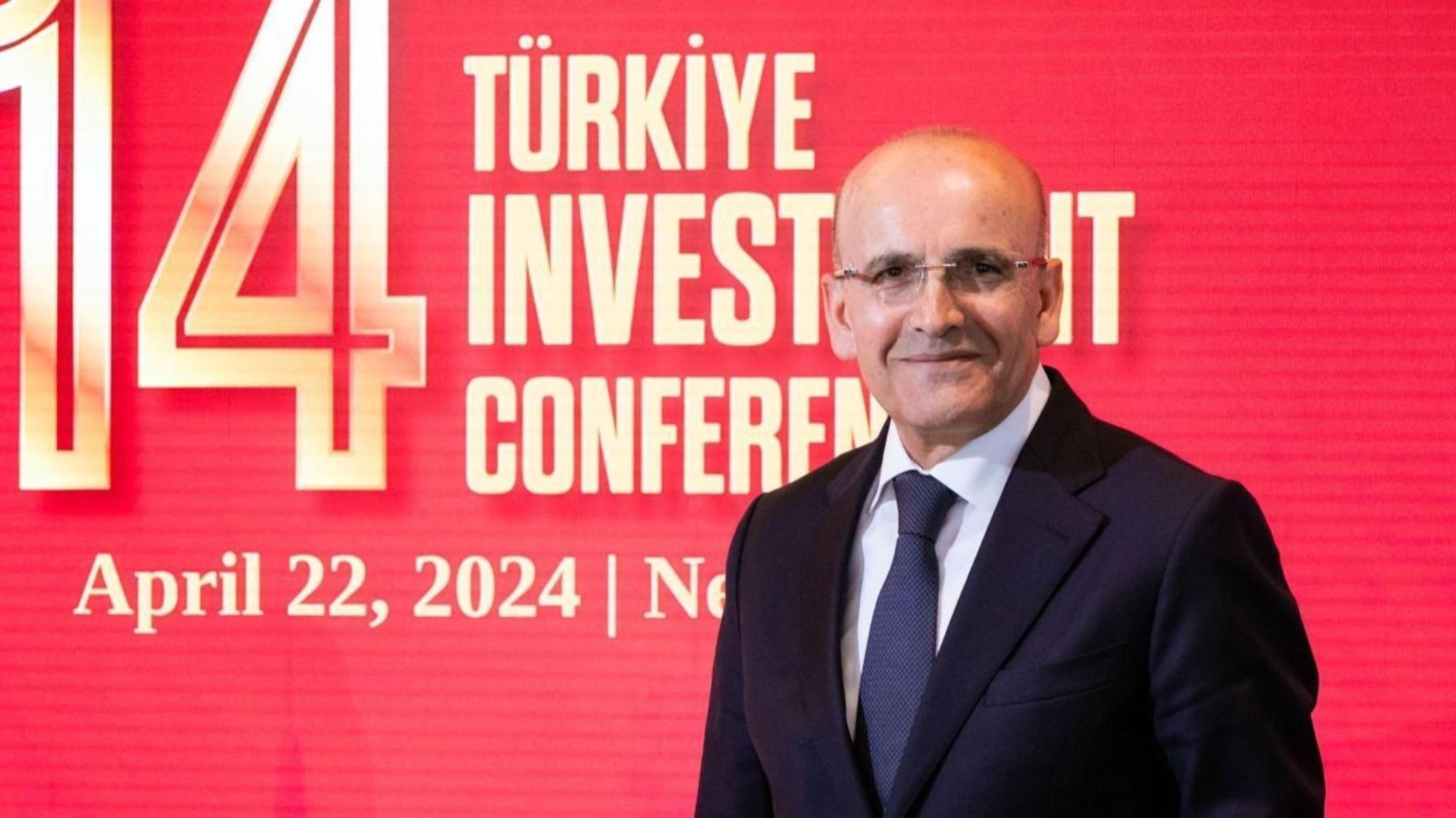Museum culture growing in Turkey
ISTANBUL - Anatolia News Agency

Osman Hamdi Bey (inset) started a new era for Turkish museum history and in 1884 shaped a new law forbidding the sale of Turkish works abroad.
Turkey’s museums are constantly developing and increasing, with the aim of carrying cultural heritage to future generations. Turkish modern museum history started in the 19th century. On the other hand, collecting activities started with the Seljuks in the 13th century, and the first traces of “museums” go back to this time.The Seljuks had kept the relief works around the walls that surround the city of Konya, while the “Dulkadiroğulları,” which was a community that lived between the 12th and 16th centuries, is known to have collected together late Hittite works in Kahramanmaraş tower. During the Ottoman years, collectible objects were taken into imperial palaces. Valuable objects taken from wars and also other presents were kept in the treasure rooms of the palaces.
However, lots of things changed in Turkey’s museum history in the 19th century. In 1846, Tophane-i Amire director Fethi Ahmet Paşa established the first museum in the Hagia Eirine Church, which is located around the Topkapı Palace.
Shortly after its establishment, Sadrazam Ali Paşa (1815-1871) rearranged it and renamed it “Müze-i Hümayun” (Emperor Museum). Then, in 1869, an Irishman, Edward Goold, became head of the museum, followed by a German, P.A. Dethier, in 1872.
However, the most important changes happened when Osman Hamdi Bey (1842-1910), came onto the scene. Osman Hamdi is today recognized as one of the most important figures in the history of Turkish museum studies.
Osman Hamdi Bey era
He started a new era for Turkish museum history and in 1884 shaped a new law forbidding the sale of Turkish works abroad. Osman Hamdi was also an important Oriental painter who made substantial and lifelong contributions to various fields of culture and arts such as painting, archaeology, museums and art education. Most notable was his appointment as director of the Imperial Museum in 1881 and his continuous leadership of the institution until his death in 1910. In 1882, he established the Sanayi-i Nefise Mektebi (School of Fine Arts), located next door to the museum, on the model of France’s École des Beaux Arts, where he served as director and professor of painting. During his 30 years as the museum director, Osman Hamdi did more than any of his contemporaries to establish control over archaeological activity within the empire.
More than 100 years after his death, the legacy of Osman Hamdi lives on in the works of academics, institutions and museums. He continues to make headlines and serve as a topic of heated debates. Trained as a painter and sent to France to attend the Institution Barbet in 1860, Osman Hamdi Bey was expected to attend the Sorbonne to receive a law degree. He was more inclined to develop his artistic talents, however, and he studied painting with Gustave Boulanger in the studio of Jean-Léon Gérôme. His first administrative experience came in the province of Iraq under Mithat Paşa from 1869 to 1871. He spent the following decade in Istanbul engaged in various cultural and administrative activities in which he often served as the intermediary between Ottoman and European governments.
Return to Anatolia
During the first years of Republic, efforts were made to bring back to Turkey works that had been smuggled abroad. While Turkey has sent Serdes excavation artifacts to the New York Metropolitan Museum for protection during the War of Independence, these items were brought back to Turkey with the order of Atatürk in 1924.
The government tried to bring more smuggled works to Turkey and established a directorship for this. The directorship was also responsible for the protection of the old architecture in the cities, and the first thing they did was take the Hagia Eirine under protection.
With a memorandum published in 1922, the government demanded that there should be new museums to take art works under protection. On 1923 the establishment of a museum entered the government plan and Atatürk demanded that Ankara should have a national museum, named it the Turkish Ethnography Museum.
Hagia Sophia becomes a museum
Meanwhile, with Atatürk’s commission, the ministry council gathered on April 3, 1924 and decided that Topkapı Palace should be opened to visitors as a museum. In 1934, he also requested that the hidden Piri Reis map of America in Topkapı Museum should be open for display. Atatürk also analyzed the restoration of the Sultanahmet Mosque, and commissioned that the Hagia Sophia should be restored and converted into a museum. The Hagia Sophia has been Turkey’s most visited museum since 1934.
Increase in number of museums
ANKARA
Some 97 museums were restored and 38 new museums were opened in Turkey between 2003 and 2013, according to a written statement issued by the Culture and Tourism Ministry. The ministry announced that restoration work was still continuing in a total of 188 museums, 130 ancient sites and 172 private museums.
In the last three years, 4,138 artworks were gained by Turkish museums from abroad through purchase, donation, grant and excavations, according to the statement.
In addition, 10 restoration and conservation regional laboratories were founded for nearly 3,200 artworks held in museums affiliated to the Culture and Tourism Ministry, the statement said. “In 2011, 28,462,893 million people visited museums affiliated to the ministry. This number increased to 28,781,308 in 2012, while the total revenue was 280 million Turkish Liras last year,” it said.
















